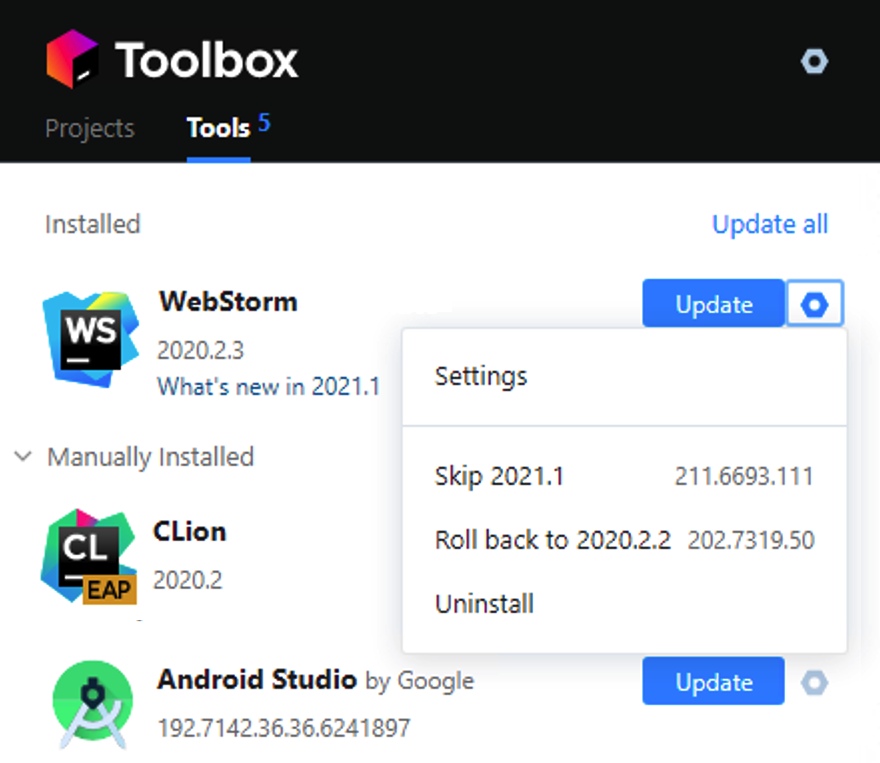
In a corporate environment, this can be very costly in the delivery of your project. Learning curve: The higher the learning curve for a new tool, the greater the development time of your project. The frequency of updates: Outdated frameworks/libraries have a larger number of errors, and the lack of frequent updates lead to more problems than you can possibly have. However, obscure frameworks/libraries tend to have a small community behind them and a reduced number of online resources. The community behind the tool: Often, there are active communities, and it is easy to find related stuff. You can have a frontend developer working on the UI, HTML templates, and data-bindings and another developer working on the server-side logic of the same page. JavaScript MVVM or MV* facilitates easier parallel development of a UI and the building blocks that power it. Then, the choice should be based on the project's scope, budget, and technical knowledge of the development team. There are many other differences to consider, but the best tool is the one that makes you more productive. We consider this the main difference between SPA and applications with multiple pages, where for each new page that is requested, we have a new request. All the necessary content is injected into the page through the use of Ajax and HTML templates to render the content. On SPA, everything happens on just one page as mentioned before, there's no refresh on page request, such as in multipage applications where we have page reload on each request.
Jetbrains webstorm 8.0.4 software#
This is because MVC is a software architecture pattern and can be applied on both sides, frontend with MVC frontend frameworks and on server-side frameworks such as Ruby on Rails and. For example, we can use the MVC pattern that runs on the server using some JavaScript library as Express and build a SPA only on the server (in this case, Node.js). One of the important points is that the MVC pattern can be applied on the server side or client side. Let's now review some important points of employing the MVC/ MVVM pattern, to build web applications, instead of traditional web applications. Peculiarities between SPA and traditional web development The following screenshot shows an overview of the MVC, MVVM, and MVP I/O flow: Pretty simple, right? However, we must be very careful in choosing the best tool for our work, or we can further complicate the performance of our application. Unlike MVVM, there isn't a mechanism to bind Views to ViewModels, so we instead rely on each View to implement an interface and allow Presenter to interact with View. Presenters sit at the same level as views, listening to events from both View and Model and mediating the actions between them. In MVP, the role of the controller is replaced with a Presenter. However, exposing the complete Model to the View might have security and performance costs, depending on the complexity of our application. Here, our Views have direct access to Models. Models sit below the controller, and so our Views know about our Controllers, and Controllers know about Models. In MVC, the View sits on top of our architecture with the Controller below it. The key difference between both is the dependencies each layer has on the other layers, as well as how tightly bound they are with regard to each other. Throughout this chapter, we will understand the interaction models available between the most popular frameworks.īefore we begin our journey on SPAs, let's see the basic concept of the MVC/MVVM architecture.īoth MVP and MVVM are derivatives of MVC. Surely, we have a plethora of JavaScript frameworks that greatly facilitate our life as a developer, but how do we choose one from all these options? Which is the best option? What about the learning curve? This is because from the start, everything is done from the front-end of a web application using Ajax (to interacting with the server), HTML templates, a good MVC/MVVM framework, and of course, a lot of JavaScript. SPA's popularity has been increasing in recent times, mainly because of its relative ease of development.
Jetbrains webstorm 8.0.4 update#
The main goal about this kind of web application is to be able to update parts of an interface without sending or receiving a full-page request this is perhaps the most interesting point about SPA.

The next paragraphs will show more about MVC on the client side. Such applications can vary from a small simple create, read, update, and delete ( CRUD), like a to-do list, until it reaches a more complex level with countless views, libraries, templates, scripts, and validations.įor a better example of a simple SPA, you can check out here, you can find a lot of information about many MVC frontend frameworks. Also, only one page is not limited to only one file we can have many templates in many different files. SPA is a web application or website that fits on a single web page with the goal of providing a more fluid user experience and a rich interface.


 0 kommentar(er)
0 kommentar(er)
